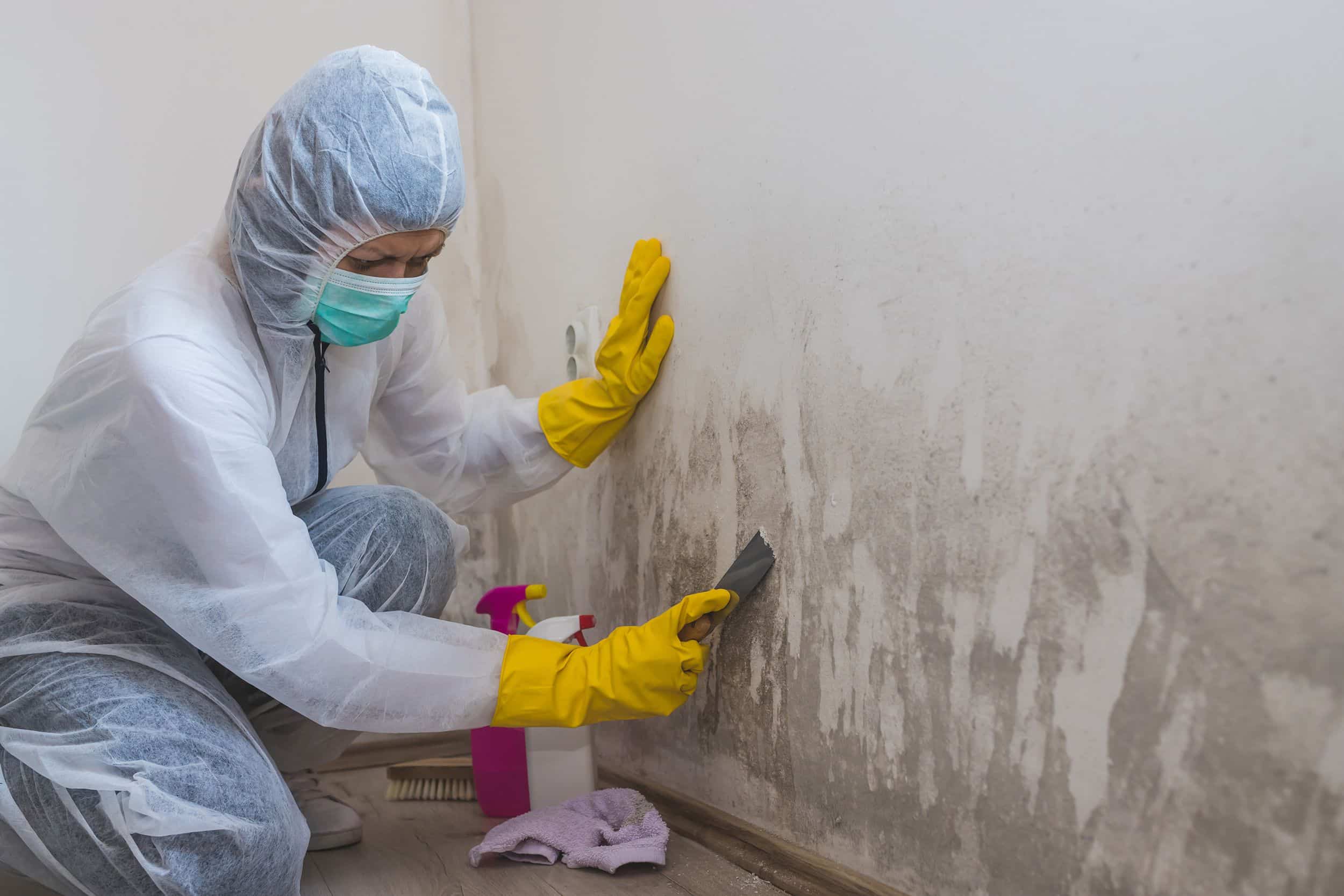After Mold Remediation Approaches for Tidy Areas
After Mold Remediation Approaches for Tidy Areas
Blog Article
Your Ultimate Overview to Blog Post Mold Remediation Methods
Navigating the world of post-mold removal strategies is a precise procedure that requires focus to information and a detailed understanding of the ins and outs entailed. In the results of mold and mildew problem, understanding exactly how to effectively eradicate the mold and mildew and avoid its reoccurrence is extremely important for preserving a healthy interior atmosphere. From choosing the right cleansing and sanitizing methods to applying methods for long-lasting mold and mildew avoidance, each step in the removal journey plays a vital role in making certain a successful outcome. As we get started on this exploration of post-mold remediation methods, we will reveal the essential techniques and best techniques that can assist you recover your area to its pre-mold problem and secure it versus future mold threats.
Recognizing Post-Mold Remediation Refine
After finishing the mold removal process, it is crucial to understand the post-mold removal strategies that are essential to guarantee a complete and efficient cleanup. When the mold and mildew has been removed, the next action involves cleansing and sanitizing the influenced areas to avoid any type of regrowth of mold. This includes making use of specialized cleansing agents to clean down surface areas and eliminate any type of remaining mold and mildew spores. It is vital to dry out the area completely to prevent the growth of mold and mildew in the future (Post Mold remediation cleaning). Appropriate ventilation and dehumidification can help in this procedure.
Moreover, conducting a last examination post-remediation is crucial to guarantee that all mold and mildew has actually been successfully eliminated. This assessment ought to include a comprehensive visual check along with perhaps air tasting to validate the absence of mold and mildew spores airborne. Additional remediation may be needed if the evaluation discloses any type of remaining mold. Enlightening occupants on preventive procedures such as controlling dampness levels and promptly attending to any type of water leakages can aid maintain a mold-free setting.
Reliable Cleansing and Disinfecting Techniques

Stopping Future Mold Development

Significance of Correct Ventilation
Appropriate ventilation plays a crucial duty in preventing moisture accumulation, a key aspect in mold and mildew growth within interior atmospheres. Reliable ventilation systems aid eliminate excess humidity from the air, minimizing the chances of mold and mildew Post Remediation verification spores discovering the dampness they need to spread out and germinate. Without ample ventilation, interior spaces can come to be a breeding ground for mold, leading to prospective wellness risks and architectural damage.
By making sure proper air flow, air flow systems can likewise aid in drying moist locations quicker after water damage or flooding occurrences, further preventing mold development. Post Mold Remediation Report. In rooms like shower rooms, basements, attics, and cooking areas where dampness levels have a tendency to be higher, setting up and keeping reliable air flow systems is essential in stopping mold and mildew problems

Surveillance and Upkeep Tips
Offered the critical duty that proper air flow plays in protecting against mold and mildew development, it is vital to develop efficient monitoring and upkeep suggestions to ensure the ongoing performance of ventilation systems. Normal assessments of ventilation systems need to be carried out to inspect for any indicators of obstructions, leaks, or breakdowns that can restrain correct air movement. Surveillance moisture degrees within the building is also vital, as high humidity can add to mold and mildew development. Installing a hygrometer can help track moisture levels and alert house owners to any type of spikes that may need focus. Additionally, guaranteeing that air filters are frequently cleansed or replaced is important for maintaining the performance of the ventilation system. Applying a schedule for routine upkeep jobs, such as duct cleaning and HVAC system examinations, can assist prevent issues prior to they escalate. By remaining alert and aggressive to the condition of ventilation systems, home proprietors can successfully alleviate the threat of mold and mildew regrowth and keep a healthy interior environment.
Final Thought
To conclude, post-mold remediation methods are vital for making sure a safe and tidy setting. Comprehending the process, implementing reliable cleaning and disinfecting approaches, protecting against future mold growth, keeping appropriate ventilation, and normal tracking are all critical action in the remediation procedure. By complying with these guidelines, you can efficiently get rid of mold and avoid its return, promoting a healthy and balanced living or working room for all residents.
In the aftermath of mold and mildew infestation, recognizing exactly how to effectively get rid of the mold and mildew and prevent its reoccurrence is vital for maintaining a healthy and balanced indoor setting. Once the mold and mildew has been gotten rid of, the next action entails cleaning and decontaminating the impacted locations to avoid any regrowth of mold - Post Mold remediation cleaning. After removing visible mold and mildew growth, it is important to cleanse all surfaces in the afflicted area to remove any continuing to be mold spores. To better improve mold prevention actions, it is necessary to address underlying concerns that initially led to mold growth.Given the important role that appropriate air flow plays in stopping mold and mildew growth, it is imperative to establish efficient tracking and maintenance ideas to make certain the ongoing capability of air flow systems
Report this page